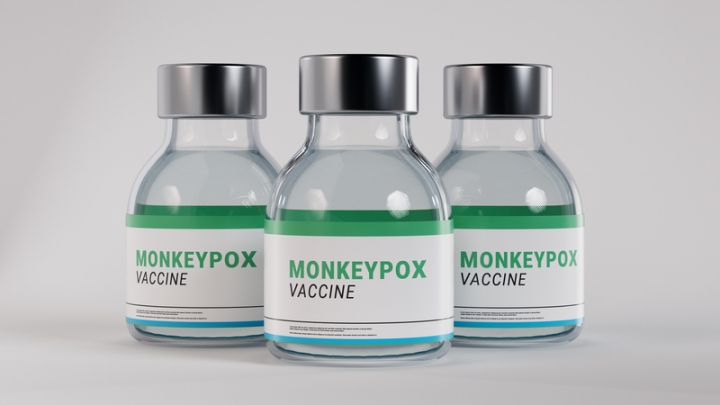(RxWiki News) The US food and Drug Administration (FDA) authorizes emergency use of Jynneos vaccine.
This authorization is expected to increase the total available vaccine doses up to five-fold.
For those who are 18 years and older and considered to be at high risk for monkeypox infection, healthcare providers can now inject Jynneos intradermally which means in between layers of the skin. This is a new route of administration which allows for a fraction (one fifth) of the Jynneos vaccine to be injected.
In other words, health care providers can use the vaccine from one vial of Jynneos to vaccinate five people.
Jynneos was originally approved in 2019. This vaccine was approved to prevent smallpox and monkeypox disease in those 18 years and older and who is considered to be at high risk for smallpox or monkeypox infection. Jynneos was approved to be injected under the skin (subcutaneous).
With this new authorization, two doses of Jynneos is to be given four weeks (28 days) apart which is the same dose schedule for the original approval.
A clinical study showed when the Jynneos vaccine was injected in between layers of the skin (intradermal), it produced a similar immune response to when the vaccine was injected under the skin (subcutaneous).
This recent authorization also allows Jynneos to be given to those younger than 18 years of age and who is considered to be high risk of monkeypox infection; however, in this population, Jynneos is to be given under the skin (subcutaneous).
“In recent weeks the monkeypox virus has continued to spread at a rate that has made it clear our current vaccine supply will not meet the current demand,” said FDA Commissioner Robert M. Califf, M.D in a press release. "By increasing the number of available doses, more individuals who want to be vaccinated against monkeypox will now have the opportunity to do so,” he continued.
When Jynneos is injected through the intradermal route, more redness, firmness, itchiness and swelling at the injection site, were seen.
Speak with your health care provider if you have any questions.




